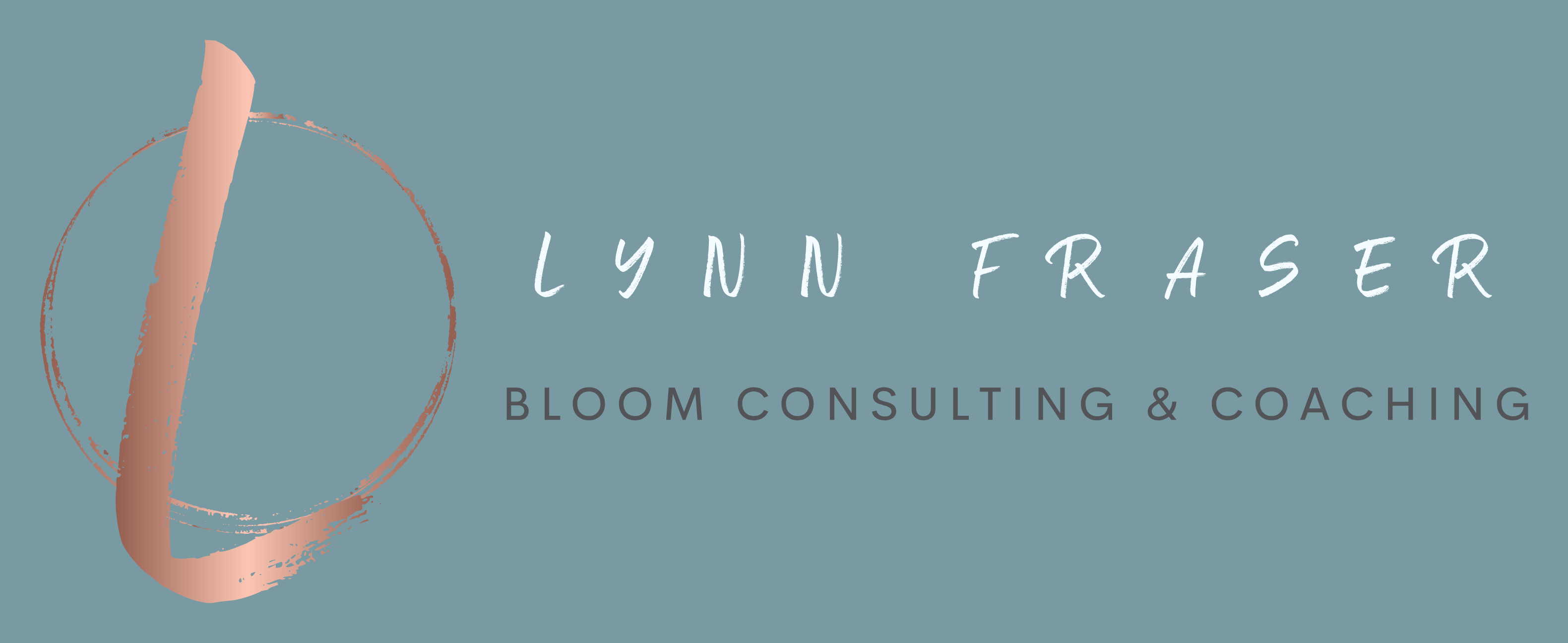What is Learning Agility?
Learning agility is the ability to remain flexible (even in adverse situations), grow and learn from mistakes and respond positively to challenges. It is an invaluable skill and contributes greatly to our overall resilience.
People with a fixed mindset fear making mistakes, but people with a growth mindset understand that they learn as they grow, and mistakes are events that help them learn valuable lessons.
Great managers and coaches support people in developing agility, and they do it intentionally. Teams who practice this skill are agile, resilient and deal with change in a more positive way. So, with all the change that the Pandemic has brought about, how do you promote this skill within your teams – many of whom may be operating remotely or a hybrid of both remote and office bound?
Six Ways to Help your Teams Grow their Learning Agility:
Build trust with your team so that they feel safe to explore perceived
limitations and learn from their missteps. How to do this? When they make
mistakes, do not highlight the mistake, rather focus on creating awareness about
what they learnt, and what they would do better next time. Trust is an essential element to any successful team, but it all starts with the team
leader – who incidentally may be formal or informal. The leader is the person
who creates and builds trust within the team. One of the ways they can do this,
is by encouraging a growth mindset and ensuring that team members are aware
that mistakes can be made, if growth and learning follow. One way to do this is
by reviewing mistakes as they happen – ask the team member to evaluate what
went wrong, why, and what could be done differently next time. The focus then
turns from the mistake to the learning, and encourages team members to be
learning focused, as well as results focused.
Encourage honesty. Ask individual team members open ended
questions to help them reflect on mistakes and be patient. Questions such as:
“Why do you think this mistake happened?” or “What have you learned from this
situation?” and “What steps will you take next? “Are great ways to help a team
member reflect on their mishaps and alter their course, without being too
directive or creating blame.
Recognize team members contributions.
Public recognition is one of the most powerful forms of motivation. We all want to be recognized for our efforts and contribution, but all too often, people’s efforts are overlooked. This leads to a lack of engagement and a loss of motivation. Look for things that your team members are doing right. Praise and thank them for their contribution. Be deliberate about recognizing
not only the behaviors that are linked to your companies’ values, but also
those that demonstrate that people are growing and learning from their
mistakes. Recognition of your team members learning efforts, whether formal or
informal, can go a long way towards creating a culture of learning.
Be sure to set clear and inspiring team goals and objectives, checking in on progress on a regular basis. A big part of a leaders’ responsibility is creating an inspiring vision for the team. Where are we headed and how will we get there? These questions are often overlooked by leaders to the detriment of team effectiveness. Set up a system which clearly states, tracks and reviews team goals. As your team achieves their goals, help them to understand that with every achievement, it is ok to make mistakes and learn from them. Learning “as they go” is a good team mantra.
Encourage learning as the need arises. Often within a team,
the individuals have the necessary skills to execute a project or a task,
however, sometimes, nobody on the team has the skills required to get the job
done, leaving a gap. Be the leader who encourages your team to take risks by
attempting new skills, learning as they go. If they require training or
coaching to boost their skills, be prepared to invest part of your budget to
enable them to complete an online course, attend a workshop or be coached. Investing
in the future skills of your team is one of the best investments you can make.
It also has the additional advantage of increasing engagement.
Share Skills Cross Functionally. If the need for new skills arises in your team which you know they will be unable to complete, perhaps for reasons of capacity, it is always worthwhile speaking to
other teams in your organization, to see if any other team members can help
your team to achieve their goal. Entering into Bata agreements with other teams
could also be a way to overcome skill shortages, cross functionally. They
assist you by sharing one of their team members to help you complete a project
and vice versa. This is a cost-effective way of sharing skills cross
functionally to ensure knowledge retention in the wider organization.
In Closing Creating Learning Agility in your team is a process, but one that is not difficult to achieve with a bit of awareness and a lot of deliberate action. Articulating the benefits of being more
agile in challenging work environments will go a long way towards encouraging
your team to understand the need to focus on this skill. Getting every team
member onboard could be challenging, but well worth the effort. How will you
know when you get there? Very simply, team members will be more open about
sharing their mistakes and what they have learnt from them, knowing that they
do so without judgement.
If you or your team require coaching, or further information about the process of improving
team effectiveness, I am a qualified coach and team coach, contact me HERE


